For a full profile of Dr. Candida Rifkind go to www.candidarifkind.com
This project ended in 2018 and this website is archived here for research purposes.
Publications by project researchers include:
“Project GraphicBio: An Interview with Candida Rifkind.” By Emily Lauer. Women Write About Comics. Mar. 22, 2019.
Rifkind, Candida. “Memory and Black Visuality in Ho Che Anderson's King.” Canadian Graphic: Picturing Life Narratives. Eds. Candida Rifkind and Linda Warley. Waterloo, ON: Wilfrid Laurier UP, 2016. 177-206.
Rifkind, Candida. “The Biotopographies of Seth’s George Sprott (1894-1975).” Material Cultures. Eds. Jennifer Blair and Tom Allen. Waterloo, ON: Wilfrid Laurier UP, 2015. 225-46.
Rifkind, Candida. “The Seeing Eye of Scientific Biography.”Biography: An Interdisciplinary Quarterly. Special Issue on Auto/biography in Transit. Eds. Jason Breiter, Orly Lael Netzer, Julie Rak, Lucinda Rasmussen. 38.1 (Winter 2015): 1-22.
Bledstein, Max. “Demythologizing Honest Abe: Visual Representations of Emotion in Noah Van Sciver’s The Hypo.” Inks: The Journal of the Comics Studies Society. 2.3 (2018). http://inks.comicssociety.org/contents/
Fontaine, Jessica. “llusion, Kayfabe, and Identity Performance in Box Brown and Brandon Easton’s André the Giant Graphic Biographies.” The Comics Grid: Journal of Comics Scholarship. Nov 2017. DOI: http://doi.org/10.16995/cg.96.
For reviews 0f graphic biographies see the project blog.
Project Summary
This project focuses on contemporary graphic biographies (biographies in comic book form) about well-known people from all walks of life. It believes these books are an important form of popular culture because they both reveal and question our era's preoccupation with celebrities and thirst for knowledge of their private lives. Using the form of comics, contemporary graphic biographers are able to depict real people's lives, achievements, and failures at the same time that they expose the gaps, contradictions, and constructions necessary to imagining another's life story.
The project includes a group of about twenty-five contemporary alternative (as opposed to mass market or educational) graphic biographies from North America and Europe that tell all or part of the life stories of people from various walks of life: political figures (Nat Turner, Louis Riel, Margaret Sanger, Martin Luther King, Jr., J. Edgar Hoover), scientists (Marie Curie, Robert Oppenheimer, Richard Feynman), performers (Isadora Duncan, Long Tack Sam, Dolores Eaton, Ana Mendieta), musicians (The Carter Family, John Coltrane, Johnny Cash, Brian Epstein), and athletes (Satchel Paige, Roberto Clemente, André the Giant, Michael Jordan, Harry Haft).
The visual and narrative styles of the comic books vary widely, from classic cartooning to avant-garde expressionism. As well, many of the texts reproduce documentary elements, such as photographs and letters, even as they play with the very idea of telling a true story.
By focusing on graphic biography as a contemporary form of knowledge production, this project asks some crucial questions: whose lives are worth remembering? what constitutes 'greatness'? how can cartoonists draw an individual life in relation to collective history? How can comics produce life narratives differently from prose or cinema? How can comics construct and deconstruct the biographical illusion of a knowable, coherent, stable subject? How do we read graphic biographies alongside other versions, both written and visual, of the subject's life?
The goals of this literary and cultural analysis are: to put alternative graphic biographies more fully into conversation with life writing studies and comics studies; to explore contemporary literary and cultural theory through graphic biographies; to move across disciplines -- history, political science, sociology, performing arts, and gender studies – in reading graphic biographies; and to bridge academic and general knowledge about this popular form of life narrative.
The project includes academic and community presentations and publications, a GraphicBio book club in Fall-Winter 2016, and social media posts and discussion.
